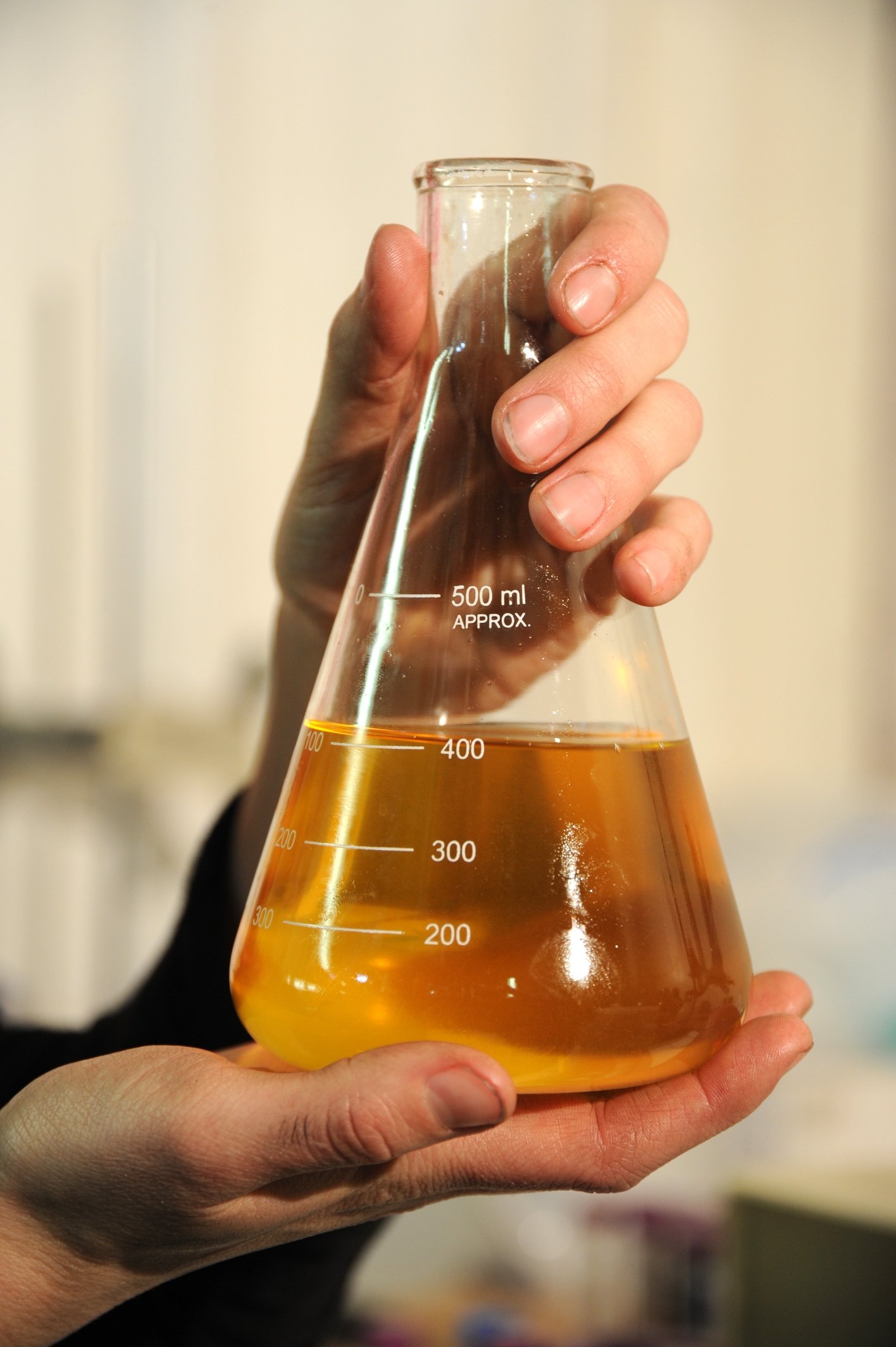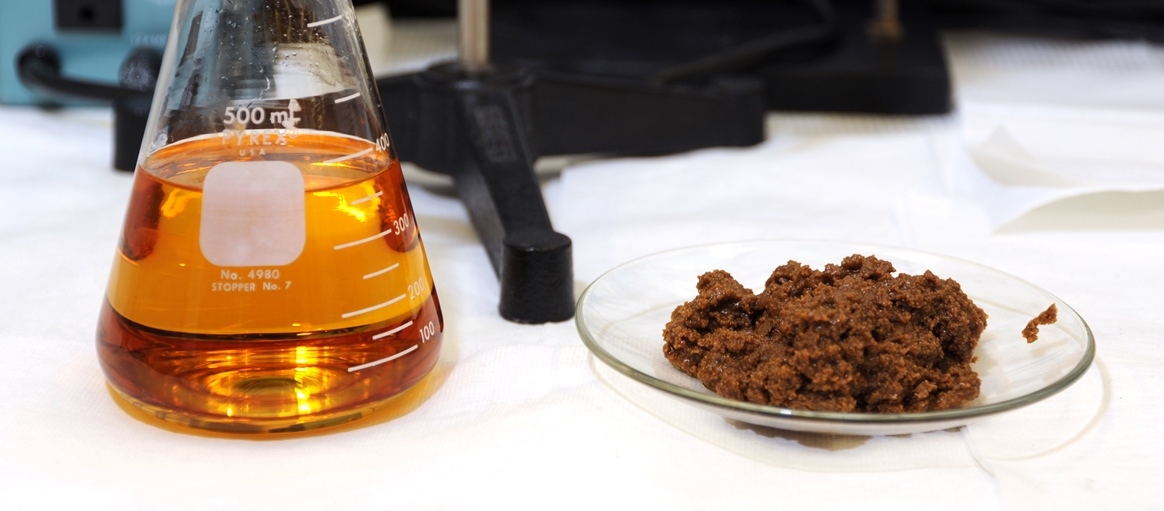If they can help it, nobody wants to think about “brown grease,” the nasty, gunky stuff that builds up in the drain trap under the sink. But while the stuff in your home may continue to be a nuisance, at restaurants, food processing plants and waste treatment facilities, it’s becoming increasingly feasible to turn grease into biodiesel fuels for trucks, buses and generators.
Researchers from the U.S. Department of Energy’s Idaho National Laboratory (INL) have teamed up with a Boston-area company to test the commercial possibilities for a technology that converts rancid grease into ASTM B-100 biodiesel fuel. Through the U.S. government’s Small Business Technology Transfer (STTR) program, CF Technologies of Hyde Park, Massachusetts, has licensed a technology developed at INL known as Supercritical Solid Catalyst.
The R&D 100 Award-winning invention goes back to when two INL researchers, chemist Bob Fox and chemical engineer Dan Ginosar, began looking at waste oils as a possible feedstock source for biodiesel. They found a willing partner at first in the J.R. Simplot Co., whose french fries processing plants produce massive quantities of “yellow oil.” But that was too clean and not free, so they turned to brown grease, which was full of dirt and water and costs money to dispose of.
Because of its filthiness, it required a different approach. Conventional biodiesel refining involves a reaction between vegetable oil and alcohol in the presence of a basic (higher alkaline) catalyst, such as potassium hydroxide. But when that turned their waste grease to a soaplike substance, Fox and Ginosar substituted an acidic catalyst, then injected supercritical CO2 into the reaction.

Most people are familiar with CO2 as a gas or in its frozen form, dry ice. When CO2 is held at or above its critical temperature and pressure, however, it expands to fill its container like a gas but with the density of a liquid—the supercritical state. The relatively low temperature of the process and the stability of supercritical CO2 (scCO2) allows most compounds to be extracted with little damage or denaturing. Due to its low toxicity, scCO2 has become a widespread commercial and industrial solvent, used in everything from decaffeinating coffee beans and tea leaves to dry cleaning.
The biodiesel made with the INL-pioneered process can be used in unmodified diesel engines. Because it is made from materials that would otherwise be sent to a landfill, it has a dramatically lower carbon footprint than petrodiesel or biodiesel made from soybean or palm oil. For food processors, transporting the used vegetable oil to landfills is expensive, so the prospect of turning a waste product into fuel for powering a large trucking fleet is appealing.
Through DOE’s Office of Energy Efficiency & Renewable Energy, CF Tech has received a Phase 2 STTR grant to commercialize the INL technology under a government use license. The STTR program’s purpose is to expand federal innovation research and development through public-private partnerships. It requires small businesses to formally collaborate with research institutions in two phases, taking projects from basic science to commercialization.
Upon successful completion of the Phase 2 STTR project, CF Tech has an option to convert its government-use license into a commercial license agreement. CF Tech spokeswoman Jessica Sweeney said they hope to be providing commercial-scale systems to wastewater treatment plants and consolidation facilities all across the country within a few years.





